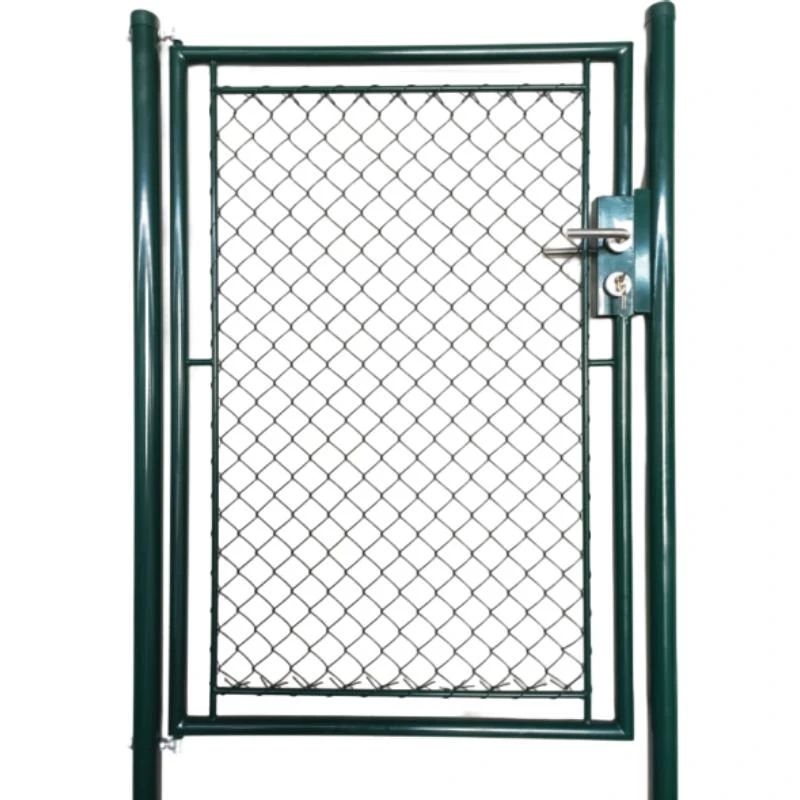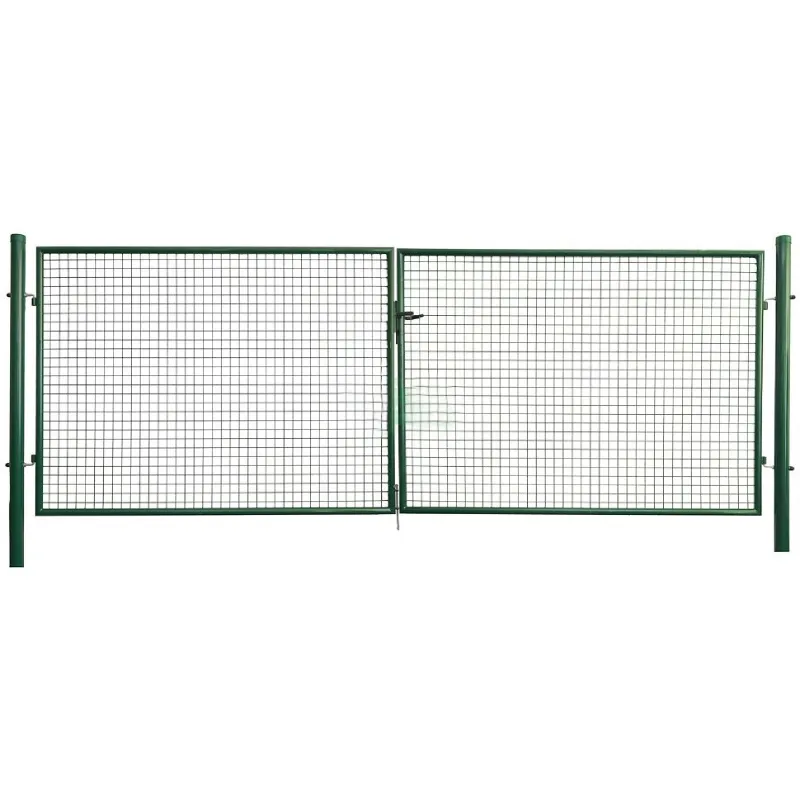-
Email:zhao@hyliec.cn
-
Tel:+86 311 85273988
-
WhatsApp:8613931128750
-
 Afrika
Afrika -
 Albania
Albania -
 Amharic
Amharic -
 Arabic
Arabic -
 Armenian
Armenian -
 Azerbaijani
Azerbaijani -
 Basque
Basque -
 Belarusian
Belarusian -
 Bengali
Bengali -
 Asụsụ Bosnia
Asụsụ Bosnia -
 Bulgarian
Bulgarian -
 Catalan
Catalan -
 Cebuano
Cebuano -
 Corsican
Corsican -
 Asụsụ Croatia
Asụsụ Croatia -
 Czech
Czech -
 Danish
Danish -
 Dutch
Dutch -
 Bekee
Bekee -
 Esperanto
Esperanto -
 Estonia
Estonia -
 Asụsụ Finnish
Asụsụ Finnish -
 French
French -
 Onye Frisian
Onye Frisian -
 Onye Galisi
Onye Galisi -
 Asụsụ Georgian
Asụsụ Georgian -
 German
German -
 Grik
Grik -
 Gujarati
Gujarati -
 Haitian Creole
Haitian Creole -
 hausa
hausa -
 Hawaian
Hawaian -
 Hibru
Hibru -
 Mba
Mba -
 Miao
Miao -
 Asụsụ Hungarian
Asụsụ Hungarian -
 Aislandi
Aislandi -
 igbo
igbo -
 Asụsụ Indonesian
Asụsụ Indonesian -
 Irish
Irish -
 Ịtali
Ịtali -
 Japanese
Japanese -
 Asụsụ Javanị
Asụsụ Javanị -
 Kannada
Kannada -
 kazakh
kazakh -
 Khmer
Khmer -
 Onye Rwandan
Onye Rwandan -
 Korean
Korean -
 Kurdish
Kurdish -
 Kyrgyz
Kyrgyz -
 TB
TB -
 Latịn
Latịn -
 Latvia
Latvia -
 Lithuania
Lithuania -
 Luxembourgish
Luxembourgish -
 Masedonia
Masedonia -
 Malgashi
Malgashi -
 Malay
Malay -
 Malayalam
Malayalam -
 Malta
Malta -
 Maori
Maori -
 Marathi
Marathi -
 Mongolian
Mongolian -
 Myanmar
Myanmar -
 Nepali
Nepali -
 Norwegian
Norwegian -
 Norwegian
Norwegian -
 Occitan
Occitan -
 Pashto
Pashto -
 Asụsụ Persia
Asụsụ Persia -
 Polish
Polish -
 Portuguese
Portuguese -
 Punjabi
Punjabi -
 Romanian
Romanian -
 Russian
Russian -
 Samoan
Samoan -
 Scottish Gaelic
Scottish Gaelic -
 Asụsụ Serbian
Asụsụ Serbian -
 Bekee
Bekee -
 Shona
Shona -
 Sindhi
Sindhi -
 Sinhala
Sinhala -
 Slovak
Slovak -
 Slovenian
Slovenian -
 Somali
Somali -
 Spanish
Spanish -
 Asụsụ Sudan
Asụsụ Sudan -
 Swahili
Swahili -
 Swedish
Swedish -
 Tagalog
Tagalog -
 Tajik
Tajik -
 Tamil
Tamil -
 Tatar
Tatar -
 Telugu
Telugu -
 Thai
Thai -
 Turkish
Turkish -
 Turkmen
Turkmen -
 onye Ukraine
onye Ukraine -
 Urdu
Urdu -
 Uighur
Uighur -
 Uzbek
Uzbek -
 Vietnamese
Vietnamese -
 Welsh
Welsh -
 Enyemaka
Enyemaka -
 Yiddish
Yiddish -
 Yoruba
Yoruba -
 Zulu
Zulu
Ogige Gates
Cheap Garden Gates For Sale
You can find cheap garden gates for sale at various home improvement stores, online retailers, and local hardware shops. Consider looking for sales, clearance items, or second-hand options to find affordable garden gates that meet your needs. Additionally, exploring different types and sizes can help you find cost-effective solutions for your garden gate. Be sure to compare prices, quality, and reviews to make an informed decision.
Garden Gate Construction
1. Planning: Determine the location and dimensions of the gate, considering the width of the pathway or opening. Decide on the type of gate, such as a single or double gate, and the materials to be used.
2. Materials: Select the appropriate types and sizes for the gate, such as round tube gates or square tube gates, single wing gates or double wings gates, ensure to meet requirements of maximum.
3. Frame assembly: Construct the frame of the gate using the chosen types and sizes . This may involve cutting and assembling the frame pieces, ensuring that they are square and level.
4. Adding infill: Depending on the design, add infill materials such as pickets, panels, or mesh to the gate frame. Secure the infill materials to the frame using appropriate fasteners.
5. Hardware installation: Install hinges, latches, and any additional hardware required for the gate to function properly. Ensure that the hardware is durable and suitable for outdoor use.
6. Finishing touches: Sand the gate to smooth any rough edges and apply a protective finish or paint to enhance its durability and appearance.
7. Installation: Once the gate is constructed, install it in the desired location, ensuring that it swings freely and latches securely.
It's important to follow any local building codes or regulations when constructing a garden gate, especially if it will be used as a boundary or security feature. If you're unsure about the construction process, consider consulting with a professional or seeking guidance from experienced individuals.





